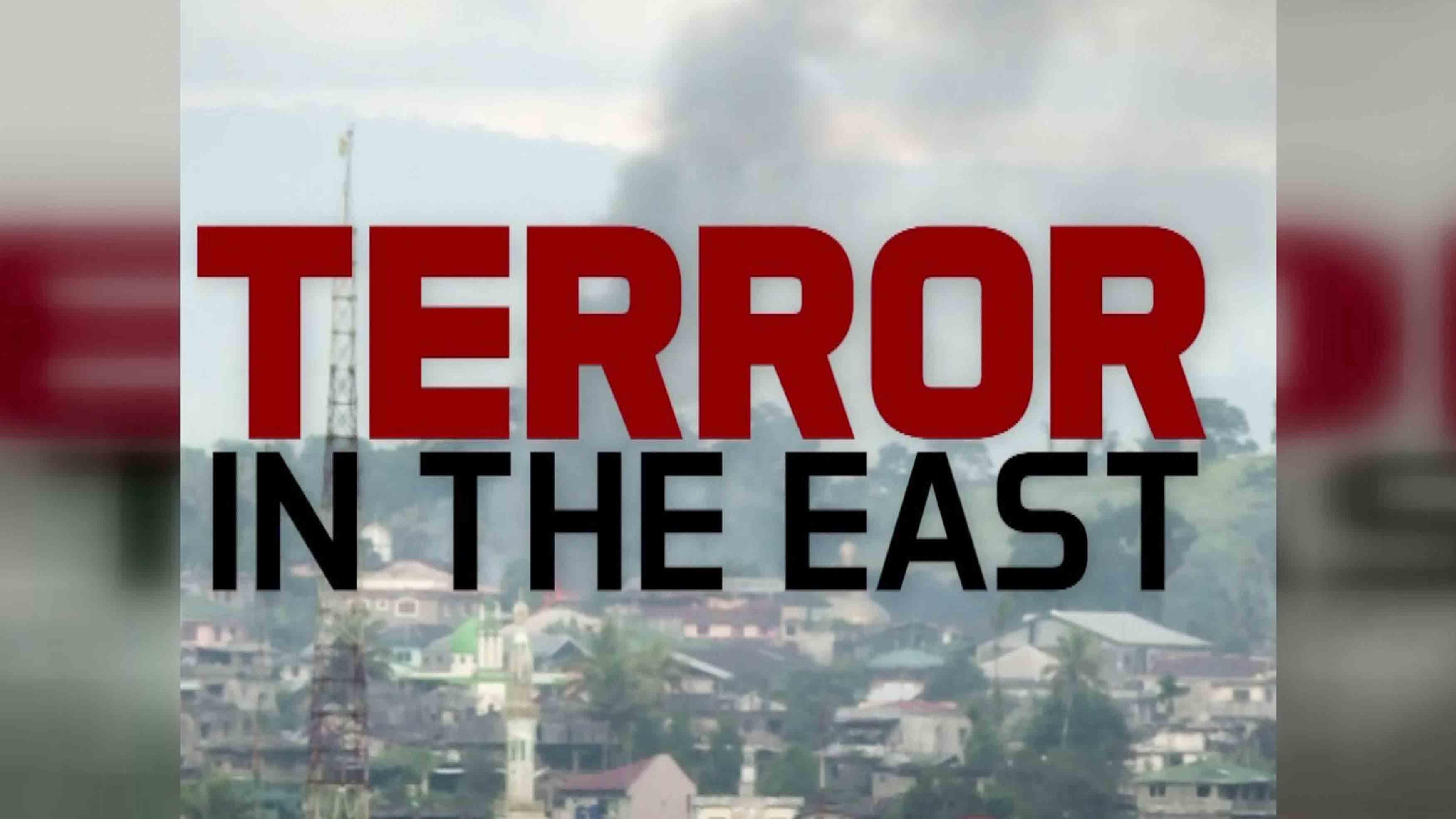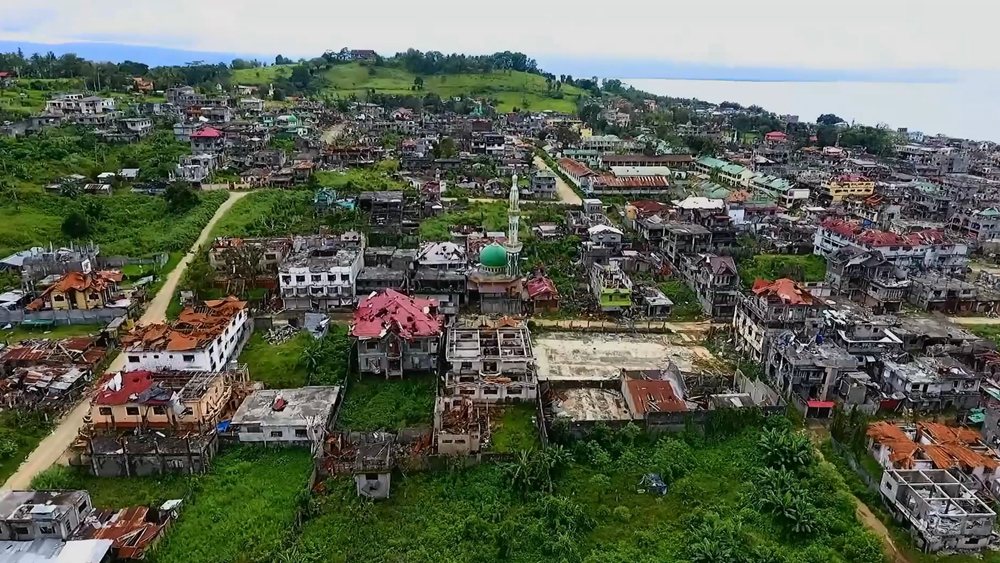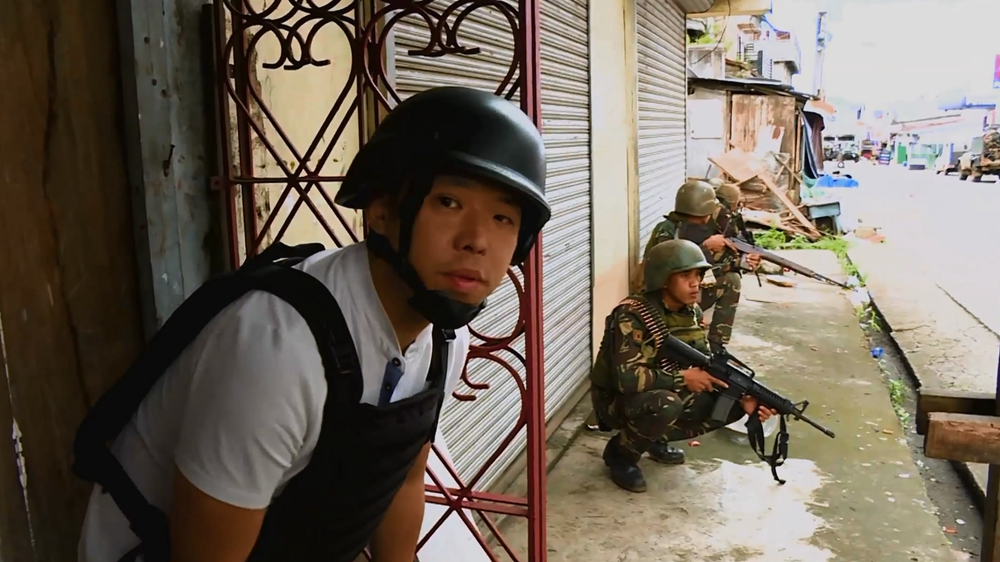
World
12:35, 14-Jan-2019
Extremist threats in Southeast Asia
Updated
09:08, 15-Jan-2019
By Barnaby Lo and Silkina Ahluwalia
02:57

The siege of Marawi City in the southern Philippines may have ended more than a year ago.
But fears linger that ISIL is still growing its presence in Southeast Asia, in order to make up for the loss of its key territories in the Middle East.
For over 150 days in 2017, the Philippine military battled militants who claimed to be fighting under the banner of ISIL, the extremist group that had once carved several of its own territories in the Middle East.
Over 60 militant groups in the region have pledged allegiance to the extremist group, according to the International Center for Political Violence and Terrorism Research.

A bird's eye view of Marawi City. /CGTN Photo
A bird's eye view of Marawi City. /CGTN Photo
Many fighters were from the extremist group led by Omar and Abdullah Maute, both of whom were reportedly killed during the Marawi crisis.
But that doesn't mean the end of extremism and radicalism in the region.
Speaking to Assignment Asia, Indonesian terrorism analyst Taufik Andrie observed that many new groups and cells supporting radicalism are making their presence felt in the region.

CGTN correspondent Barnaby Lo, left, reports during one military operation against Maute. /CGTN Photo
CGTN correspondent Barnaby Lo, left, reports during one military operation against Maute. /CGTN Photo
He added: "This is like fighting difficult and huge enemies, because we fight among our own friends, neighbors and even families."
Extremist groups are said to be recruiting members, even minors, through social media.
One such minor is 13-year old Abdul.
Asked by the reporter whether he believed in the groups, Abdul replied: "Yes, because to get to heaven is ultimately what every Muslim wants. The easiest way to achieve that is to die in a jihad."

SITEMAP
Copyright © 2018 CGTN. Beijing ICP prepared NO.16065310-3
Copyright © 2018 CGTN. Beijing ICP prepared NO.16065310-3